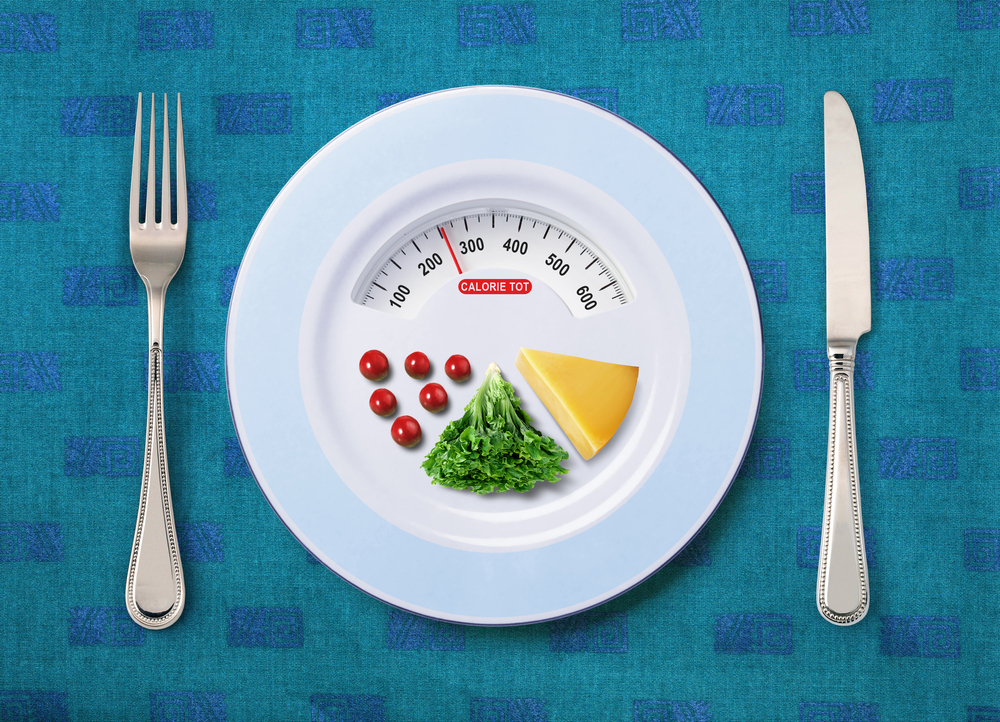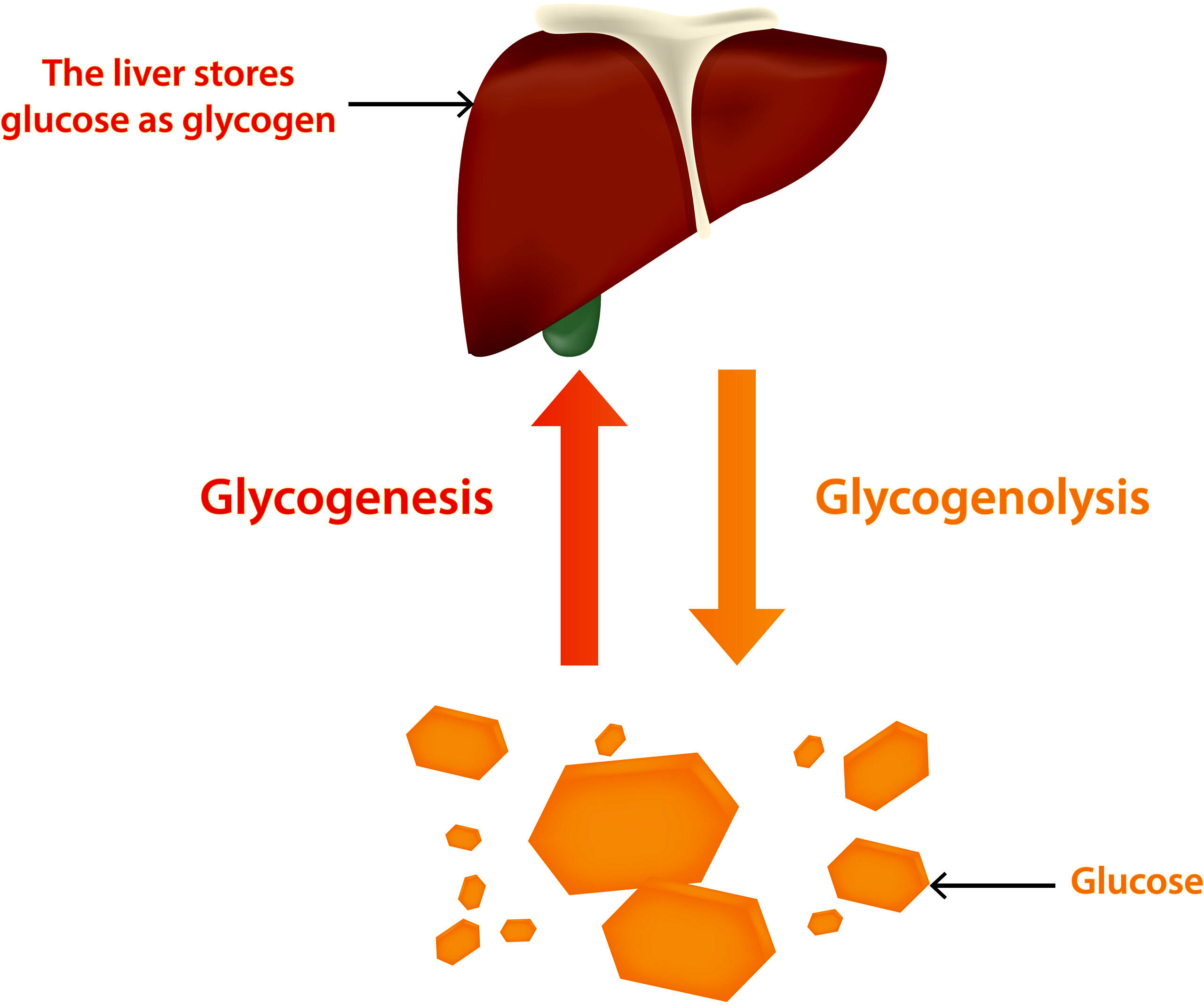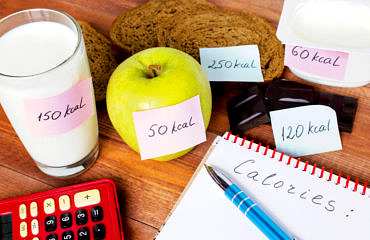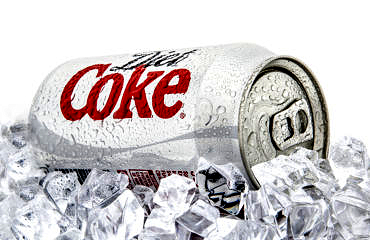How fasting works for healing and weight loss
This post will be about how fasting works for healing and weight loss. I want you to have a better understanding of fasting, because from where I’m sitting, I have seen it done more wrong than right. I strongly believe the reason for that, is because many people don’t understand the true purpose of fasting, what it is, how it works, and how it can be properly applied to their life, their health, and of course their weight loss goals. I am a huge fan of fasting, and I have incorporated its various techniques in my life for about 10 years now. And to this day, I still continue to enjoy its physical, emotional, and spiritual benefits.
 The Definition of Fasting
The Definition of Fasting
The term fasting is used loosely, meaning different things to different people. So to make sure we are on the same page, I’m going to start off by sharing the definition of fasting.
Fasting means going without food for a definite period of time.
The word fast comes from the old English word faesten, which means firm or fixed. When I first learned about that, I had to ask myself, “What does firm or fixed have to do with fasting?” And I thought about that. When you fast, it’s intentional. It’s a choice. You are making a firm decision to abstain from foods under controlled or fixed conditions. Think about it. When you make a firm decision, nothing or no one will turn you away from that decision. They are your terms and you decide specifically how you’re going to do it, and most importantly, why you’re going to do it. Fasting is more than just not eating food. To fast takes discipline. It takes strength and self-control. And these are just a few of the reasons why fasting is so powerful.
What the majority of people are calling fasting isn’t complete fasting, it’s more like food elimination. They are in actuality, abstaining from certain foods, but can still eat whenever they want. This isn’t considered fasting according to its definition. For example, in a juice fast, they are abstaining from everything but juices, but they can still drink whenever they want. There’s no definite period of time that they’re not consuming juices. In the Daniel Fast, they are abstaining from certain foods for 21 days, such as meat, sugar, and alcohol. But they can still eat or drink whenever they want. So technically this isn’t a fast either. They are not going without food for a definite period of time. Conditions are put on what they can eat, but not on when they can eat. During the religious fast, Ramadan, Muslims abstain from all foods and water from sunrise to sunset. Now, this is more of a fast, according to its definition, because they are not eating for a specific amount of time.
What Fasting is NOT
Fasting is not to be confused with starving. It’s not even close. Fasting allows the restoration of the body as it taps into its stored energy. The body is still eating. It’s just using its stored energy to provide energy for itself. Fasting is a choice. And when you’re ready to eat, you can eat. Remember, with fasting, it’s firm, it’s fixed. It’s something you choose to do. It’s something you have control over.
Starvation is a process of dying. This happens when food has been denied for a prolonged period of time, and stored reserves are used up. Therefore, fasting is more intentional. Where starvation is not. That’s the difference.
Fasting is also not to be confused with calorie restriction. Calorie restriction is focused more on portion control and a pattern of reducing the average daily caloric intake. While fasting focuses on the frequency of eating or the duration you go without eating. You also get the beneficial hormonal changes that happen during fasting, which don’t occur in calorie restriction.
Why Fasting is Needed
Understanding fasting and how it works is needed now more than ever. Somehow, the true purpose of fasting and how it was used centuries ago, has gotten lost in the sauce, and it has become more of a fad or a challenge or something that us fanatic, holistic doctors love to do, and we get labeled as crazy for doing so. The reason why fasting is needed so badly, is because society as a whole cannot stop eating. Seriously. We eat when we wake up. We eat before we go to bed, and snack anywhere in between. We eat when we’re watching tv, when we’re driving, when we’re working, when we’re hungry, when we’re full. We eat when we’re happy, we eat when we’re sad. We eat to celebrate. We eat to mourn. Our waking hours are literally revolved around food, and despite what we have been told by the food and diet industry, such as, don’t skip meals; breakfast is the most important meal of the day; snack between meals; eat your six to 11 servings of whole grains. The list goes on and on. And this advice not only has increased our waistlines, it’s increased their profits.
This is what happens when you eat. Every time you eat, food is broken down in the digestive system and is eventually converted into glucose. Proteins, fats and carbs all increase insulin, but it’s the carbs that increase it more than the proteins and fats. This increase of glucose in the bloodstream stimulates the release of the hormone insulin, which controls glucose levels in your body. All cells in your body need glucose. For example, your brain, heart, and reproductive organs need glucose to function. So to be healthy, this metabolic system needs to be in balance.
Glucose that isn’t used immediately, is turned into glycogen in the liver. This process is called glycogenesis. This is how glucose is stored for later use. The liver only has limited space for glycogen, so when the liver becomes full, excess glucose is then turned into fat, and this process is called lipogenesis.
When insulin is high, glycogen and fat storage is turned on. When insulin levels are low, this signals the body to burn stored fat and glycogen for energy. If you’re eating all day long, at least every couple of hours, insulin levels stay elevated, especially if you’re consuming foods high in sugar and refined carbohydrates. This is very harmful to the body.
The root of metabolic diseases such as obesity, type two diabetes and high blood pressure is chronic, elevated insulin. And when the body is in this state, it spends more time in fat storing mode than it does in fat burning mode. Therefore, weight increases over time.
Signs of Poor Glucose Metabolism
Glucose isn’t the enemy here, it’s the imbalance of glucose that’s the enemy. Remember, your body needs glucose to maintain those metabolic functions that are keeping you alive. Some of you may experience feeling shaky or lightheaded, if you go longer than two or three hours without eating. This is not a healthy response. This is a sign of poor glucose metabolism and is due to the overcompensation of insulin that brought your glucose levels too low. This happens, especially after a high carb meal.
You may have been told to carry around snacks, which are more than likely very high in sugar and carbohydrates. But because you feel better after you snack, you continue to repeat this vicious cycle over and over again. If this is happening to you and your sugar does drop like that, that means you are more of a sugar burner than a fat burner. So your body is relying on glucose or carbs for energy. To correct this, processed, refined carbs such as white flour, cookies, pies, and granola bars need to be reduced. Start slow and then extend the time between meals and it will correct itself over time in most cases.
What Happens When We Fast?
When I’m coaching my clients and I start to tell them about fasting, I occasionally get some pushback because we’ve been told to eat every two hours and not skip meals. I get that. I used to believe that as well. But when I start to explain what is happening in the fast, they become very motivated. This is what happens when we fast:
24 to 36 hours after fast begins. Several hours after a meal, the blood sugars and insulin levels start to drop. When the insulin levels start to drop, the liver starts to reverse glycogen storage. As the body processes glucose, glycogen is stored in the liver, and this is what maintains your energy in the short term, such as when you’re sleeping. Liver starts to reverse glycogen storage by breaking down the stored glycogen into glucose and release it into the bloodstream for energy. And these glycogen stores are depleted in about 24 to 36 hours.
Also during the fast, there is a spike in growth hormone. We know our younger people have an abundance of this growth hormone. This is what helps them grow and develop, but as we get older, this hormone is decreased and these low levels of growth hormone is what leads to more body fat and decreased muscle and bone mass. When you fast, you actually boost your own growth hormone. This is what’s going to help maintain muscle and bone mass.
This is all happening in the first 24 to 36 hours of your fast. You’re depleting your glycogen stores and increasing your growth hormone.
48 hours after fast begins. The first couple days of fasting are typically the hardest, especially if you’ve never fasted before. But there are ways to work up to these more prolonged fasts. But just know it’s the second and third day and beyond where the magic begins to happen. After the glycogen stores are depleted, the body starts to break down stored fat for energy, and I’m talking about all that fat under the skin and the fat around the organs. This is the fat that you want to burn. And when this happens, the body is now running on ketones and this is the preferred fuel for energy. The brain loves ketones. When I get to this point of my fast, I have so much more mental clarity and focus. Ketones also suppress your appetite and you no longer feel the urge to eat. Usually you have to fight those urges to eat in those first couple days, but once you get beyond that, it’s much easier to continue.
The best part about going beyond the first 48 hours, is that control that food used to have on you goes away. That’s why fasting has become such a spiritual or emotional benefit because you start to develop the self-control and discipline that comes along with it.
Also, during this stage of fasting, inflammation is significantly decreased, your gut starts to heal, tumors start to shrink, and the immune system improves. In order to repair and bring in new tissue, it has to get rid of the old tissue. This mechanism is known as autophagy. This is when the body breaks down and recycles old damaged cells and proteins and transform them into new and improved materials.
This process is happening in the second and third days of your fast and beyond. So, that’s why when I’m coaching my clients, I encourage them and monitor them as they get to at least four days so they can benefit from that extra day or two of healing and restoration. Many of my clients found that by the time they get to that third or fourth day, it is easier to go beyond that because when those ketones kick in, they don’t have the appetite anymore. They don’t have that urge to eat anymore. They start to feel better, they start to look better. And those small wins is what encourages them to keep moving forward.
I’m trying not to get too sciencey with all this. My purpose is that you get the big picture of how fasting works for healing and weight loss, because I want you to be interested in learning how to do this as well. This may be the answer you’ve been looking for, especially if you’ve been struggling with weight loss resistance or some other chronic health issues.
Benefits of Fasting
Chronic conditions, such as type two diabetes, heart disease, and autoimmune disease, have been healed or managed with prolonged fasting. Other benefits include the management of gut issues such as Crohn’s disease and irritable bowel disease, stabilization of blood sugar, improved energy and focus, clearing up skin conditions such as psoriasis and eczema. Fasting reverses the aging process, helping you look and feel younger. It can extend your life. It can strengthen your immune system, and it can also break those weight loss plateaus. The more you really understand fasting and how it works, the more you understand how to apply it. I have found that if nothing works, fasting is almost always the answer and I’ve seen it as the most effective way to heal the body.
When many people decide to embark on a new healing or weight loss journey, the first thing they think about is, What do I eat? and How do I prepare it? But it’s very liberating to just step back and think about when not to eat. Because sometimes less is more. So, don’t underestimate the power of fasting and how it can really transform your health and your life.
My Fasting Journey
Let me just share a quick story about my fasting journey that I started about 10 years ago. It was a process. First I started by changing my diet. By reducing those refined carbs and sugars. Then from there I stopped snacking in between meals. I was still doing three meals a day, but I wouldn’t snack in between. Then I started going into intermittent fasting.
You may already be familiar with intermittent fasting. It’s gotten more popular in these last couple years. In case you don’t know what it is, intermittent fasting is when you abstain from foods for a designated amount of hours. For example, when I started fasting, I worked up to an 18:6 schedule. That means in a 24 hour day I fasted for 18 hours and ate in that six hour window. For a long time, the window I allowed myself to eat, was between noon and 6:00 PM. This is what I mean by fasting, not being calorie restriction. I didn’t eat less, I just ate less often. What I typically spread out throughout the day was just eaten in that six hour window. Intermittent fasting has also helped me develop the discipline and self-control that I needed for the longer fast.
I did the intermittent fasting for about a year before I tried my first 24 hour fast. Then I started incorporating a 24 hour fast in my routine about one day a week. Then I moved on to a four day fast. I did a four day bone broth every month for almost a year, until I lost 70 pounds. It took me two years to lose 70 pounds. This isn’t quick and easy weight loss, but it’s effective weight loss, because I’ve lost the weight and kept it off. Fast forward to today, I still keep my diet low in refined carbs and sugars, and I still continue to do intermittent fasting. And once or twice a week I will do a 24 to 36 hour fast and I will do a longer fast as needed.
 Fasting is to be Used as Part of a Healthy Lifestyle
Fasting is to be Used as Part of a Healthy Lifestyle
Fasting is to be used as part of a healthy lifestyle, not instead of one. So when I’m not fasting, I’m making sure I’m eating foods that’s going to help nourish and build my body. This is how I coach my clients. I don’t jump into fasting right away. I teach them about healthy eating habits. Start slowly and don’t jump into fasting or intermittent fasting right away. Start by eating low inflammatory foods, and reducing those refined carbs and sugars. Then after you reduce that, start to eliminate snacking, stop snacking between meals or while you’re watching tv. All this grazing and snacking on popcorn, nuts and chips must stop. When you’re able to eliminate the snacking, then I would say move on to the intermittent fasting and build up from there.
For starters, start off with skipping breakfast or delaying breakfast. Some of you are eating in the morning and you’re not even hungry. Learn to listen to your body. Go easy at first. Set a goal. And then you just build from there exploring different fasting variations. Get clear on what you want to achieve and what you want to accomplish with fasting. And that’ll help you decide on the type of fasting and how long you want to do it for. Then you discover what works for you as you create your healthy lifestyle routine.
Takeaways
- Fasting is going without food for a definite period of time
- Fasting is not to be confused with starving or calorie restriction
- Fasting allows the restoration of the body as it taps into its stored energy
- Fasting techniques done properly can convert your body from a glucose burner to a fat burner
- Fasting is to be used as part of a healthy lifestyle, not instead of one
- Fasting is flexible (and it doesn’t cost you a thing, by the way)
- Fasting can save your life
Let’s talk about how I can help you get to your ideal health destination.
Schedule your Breakthrough Call: CLICK HERE to get on my schedule.
Download your free Food Shopping Guide
Check out The Heal Deal Podcast for more valuable insights into your journey to healing.
And until next time, go out there and achieve more freedom in your health and your life!
Dr. Leona



